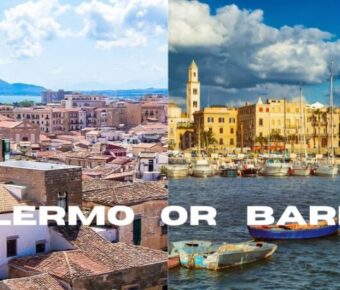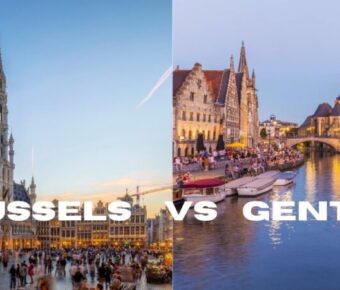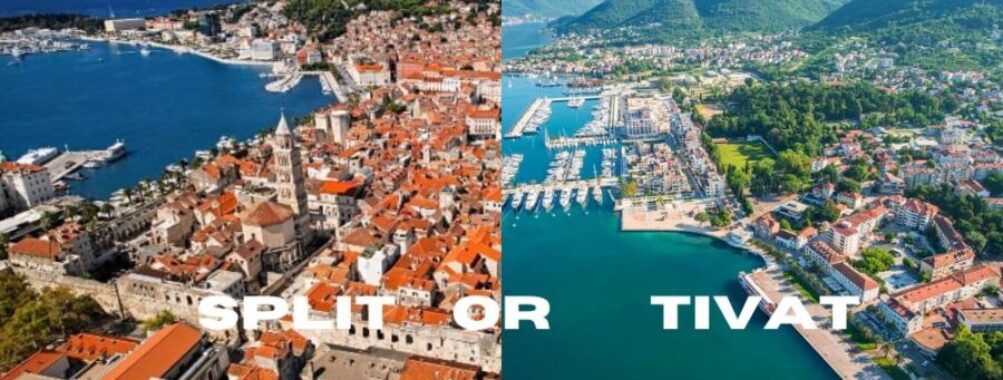
Split vs Tivat: Which Adriatic Coastal Paradise Offers Better Value in 2025
Split and Tivat offer two distinct flavors of Adriatic charm. These coastal gems attract travelers seeking Mediterranean beauty, but each brings something unique to the table. Split leads with its ancient Roman architecture and bustling urban vibe, while Tivat stands out for its luxury Porto Montenegro marina and quieter, more exclusive atmosphere.
Life moves at different speeds in these seaside towns. Split pulses with energy as Croatia‘s second-largest city, mixing historic sites with modern cafes and beaches. Tivat takes a more laid-back approach, transforming from a small naval town into Montenegro’s upscale yachting paradise.
Travelers who pick Split will find themselves in the heart of Dalmatian culture, surrounded by 1,700 years of history. Those drawn to Tivat can expect polished waterfront promenades and mountain views, plus easy access to Montenegro’s medieval towns like Kotor and Budva.
Table of Contents
- Geographical Context and Accessibility
- Location and Proximity to Major Cities
- Transportation and Transfer Options
- Cultural and Historical Significance
- Split’s Ancient Heritage
- Tivat’s Nautical Traditions
- Accommodation and Amenities
- Hotels and Lodging Options
- Local Eateries and Cuisine
- Activities and Sightseeing
- Outdoor Adventures and Beaches
- Cultural Experiences and Nightlife
- Cost of Living and Economic Comparison
- Daily Expenses and Budgeting
- Real Estate and Investment
- Travel Tips and Useful Information
- Frequently Asked Questions
- What are the available options for traveling from Split to Montenegro by sea?
- How does the charm of Tivat compare to the historical allure of Kotor for tourists?
- Which has more to offer for travelers interested in a mix of modern and old-world charm: Tivat or Budva?
- What are the considerations when choosing between the cost and value of staying in Tivat?
- What hidden gems in Tivat should visitors consider when planning their accommodation?
- In terms of exclusivity and luxury, how does Tivat’s atmosphere differ from other coastal towns in Montenegro?
- Book Your Dream Experience
- More Travel Guides
Geographical Context and Accessibility
Split and Tivat sit in prime spots along the stunning Adriatic coastline. Both cities serve as gateways to their regions, with excellent transport links and easy access to nearby attractions.
Location and Proximity to Major Cities
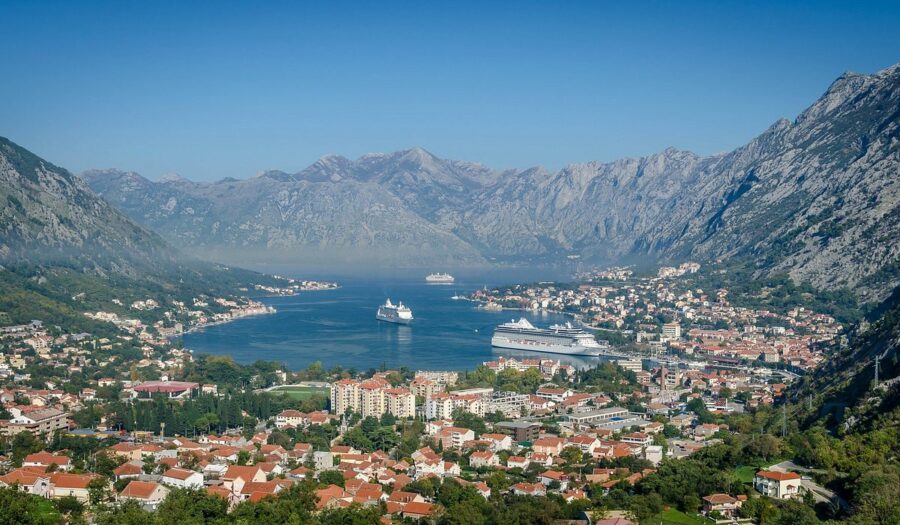
Split stands as the second-largest city in Croatia, nestled along the Dalmatian coast. The city acts as a central hub for exploring nearby islands and coastal towns.
The seaside town of Tivat lies in the heart of Montenegro’s Bay of Kotor. It’s just 8 kilometers from the medieval city of Kotor and 20 kilometers from the beach resort of Budva.
Both cities offer great bases for day trips. From Tivat, you can reach Podgorica, Montenegro’s capital, in about 90 minutes by car.
Transportation and Transfer Options
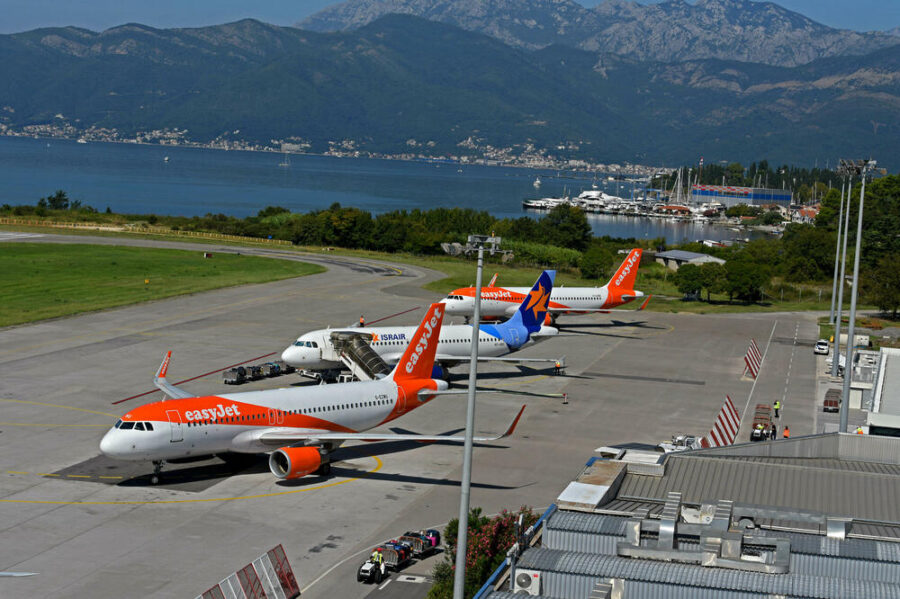
Tivat Airport makes getting to Montenegro simple, with direct flights from many European cities. Search flights to find the best deals.
Getting around Tivat is easy. Taxis are cheap and plentiful. Regular buses connect Tivat to Kotor, Budva, and other coastal towns.
Split offers more transport choices. The city has an international airport, ferry port, bus station, and train station all within easy reach of the center.
Rental cars give you freedom to explore. From Split, you can drive the coastal road to amazing beaches and historic sites. From Tivat, the winding roads lead to mountain villages and hidden coves.
Cultural and Historical Significance
These coastal gems offer distinct cultural experiences shaped by centuries of different influences, from ancient Roman emperors to modern maritime traditions.
Split’s Ancient Heritage
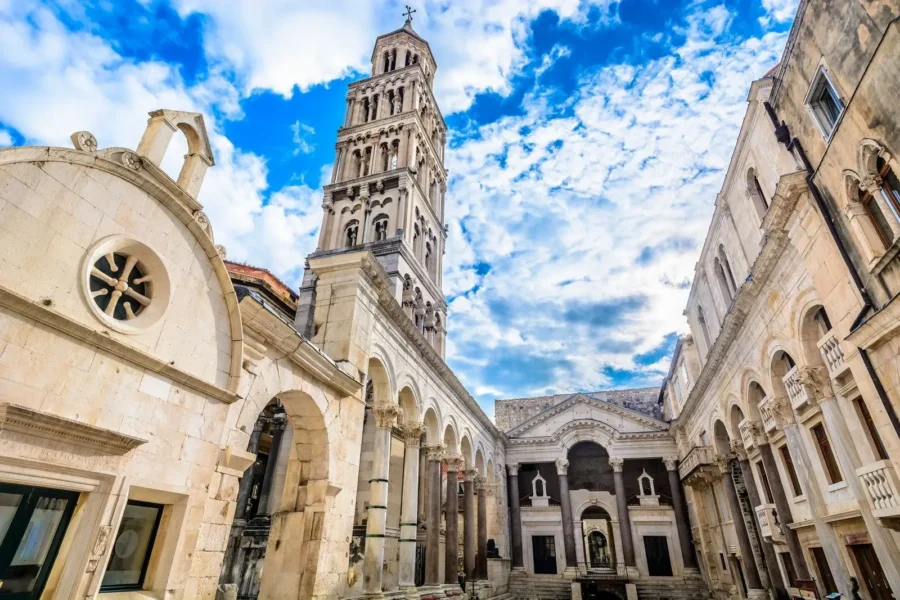
The heart of Split beats within Diocletian’s Palace, a UNESCO World Heritage site built in the 4th century AD. This massive Roman complex still forms the city center, where locals live and work among ancient stones.
The palace walls hold countless stories, with narrow streets revealing hidden temples and underground chambers. Medieval churches stand next to Roman columns, creating a unique architectural mix.
The Split Gallery of Fine Arts adds a modern touch to the city’s cultural scene. Local artists display their work alongside international pieces, keeping Split’s creative spirit alive.
Tivat’s Nautical Traditions

Tivat embraces its maritime heritage through Porto Montenegro, a former naval base turned luxury marina. The transformation reflects the town’s evolution from a humble fishing village to a modern nautical hub.
The Naval Heritage Collection tells the story of Tivat’s maritime past. Old submarines and military artifacts showcase the area’s strong connection to seafaring life.
Local festivals celebrate Tivat’s Venetian influences, with traditional boat parades and seafood feasts bringing the community together. The town’s position in the Bay of Kotor adds to its rich maritime culture.
Accommodation and Amenities
Split and Tivat offer distinct lodging styles and dining scenes that cater to different types of travelers and budgets. Each destination brings its own unique charm to both accommodations and local food experiences.
Hotels and Lodging Options
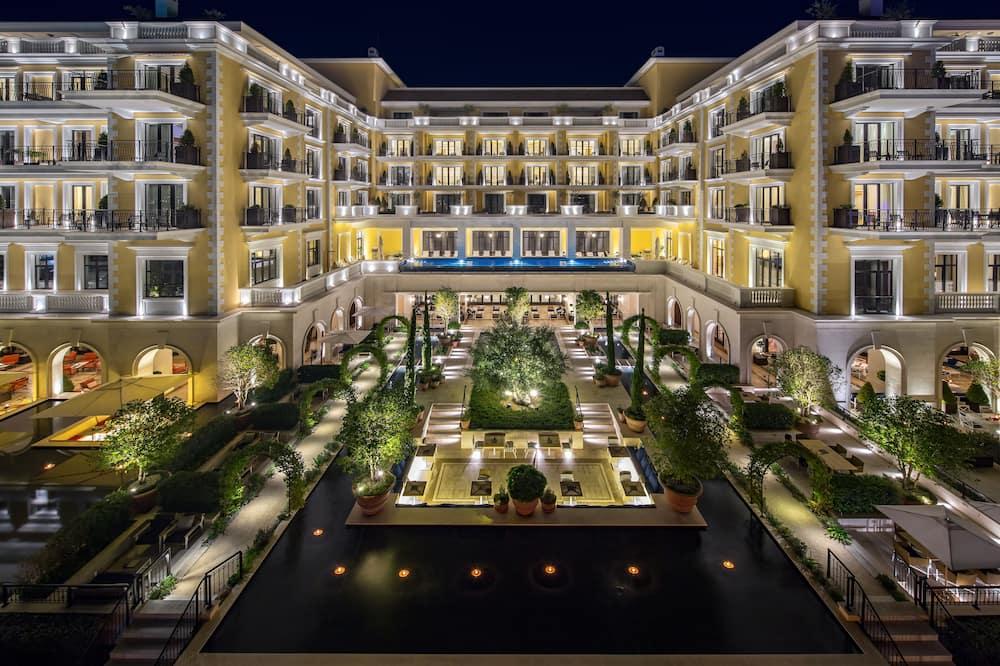
Split’s ancient core features charming boutique hotels tucked into historic buildings. Many rooms offer views of centuries-old stone walls and atmospheric courtyards. The city’s newer areas provide modern high-rise hotels with sea views and full amenities.
Tivat shines with its upscale marina accommodations in Porto Montenegro. The waterfront features luxury hotels with pools and spas. The town also has smaller family-run guesthouses at better prices.
Room rates vary by season in both cities. Split’s peak season runs July-August, with prices doubling or tripling. Tivat sees similar summer spikes but maintains slightly lower rates than Split year-round.
Local Eateries and Cuisine
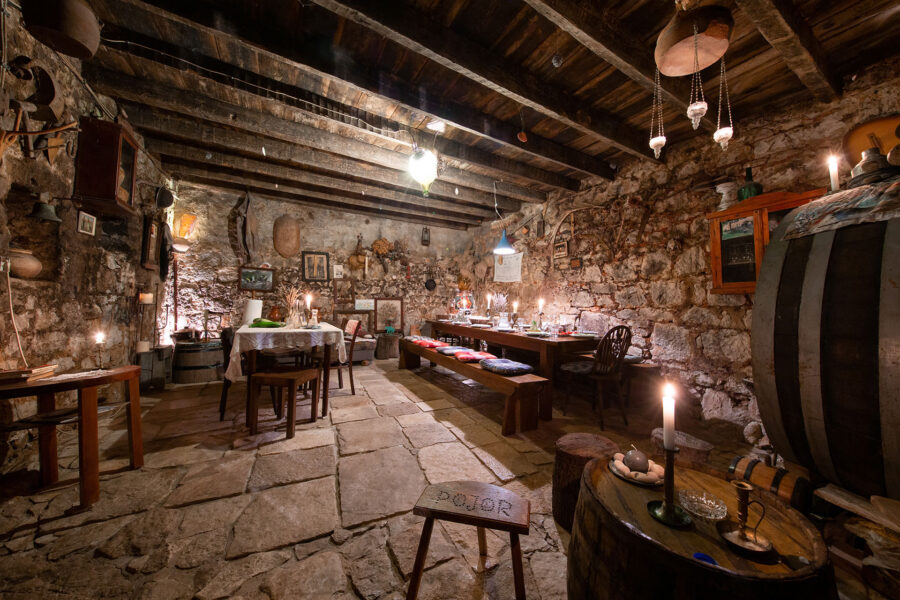
Split’s dining scene centers on fresh seafood and Dalmatian specialties. Small konobas (traditional restaurants) serve grilled fish, black risotto, and pašticada. The city has many affordable cafes and bakeries perfect for casual meals.
Tivat blends Montenegrin and Mediterranean flavors. Porto Montenegro hosts upscale restaurants with international menus. Local spots offer hearty meat dishes, fresh fish, and regional wines.
Street food is cheaper in Tivat, with meals around €8-12. Split’s restaurants tend to charge more, especially in tourist areas. Both cities have excellent morning markets where locals buy fresh produce and seafood.
Activities and Sightseeing
Both Split and Tivat offer a mix of exciting outdoor activities and rich cultural experiences that keep visitors busy throughout their stay. From crystal-clear beaches to historic landmarks, each destination brings its own special charm to travelers.
Outdoor Adventures and Beaches
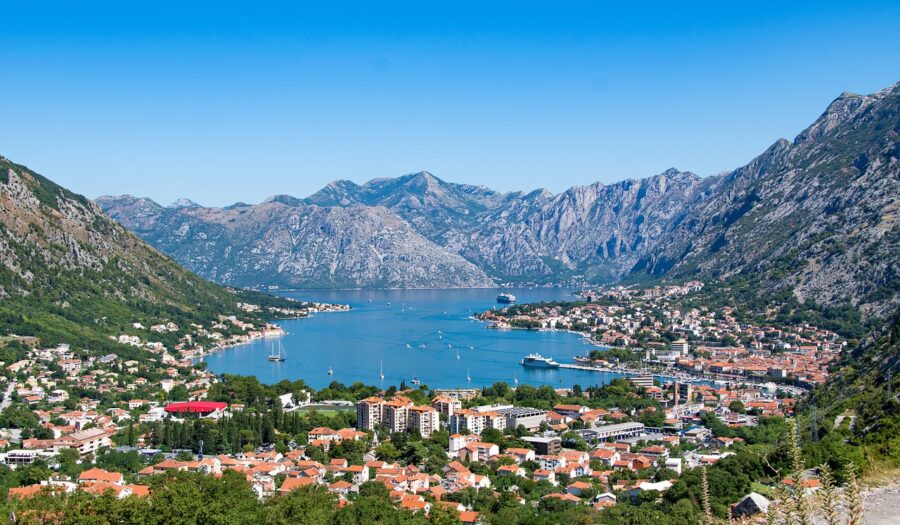
Split’s beaches sparkle along the Adriatic coast. Bačvice Beach stands out as the most popular spot, perfect for swimming and playing picigin, a local beach ball game. The Marjan Hill trails provide stunning views of the city and islands.
Tivat’s Porto Montenegro marina lets visitors book boat tours to explore the Bay of Kotor. The Blue Cave and nearby islands make perfect day trips.
Both cities connect to amazing natural wonders. From Split, you can take sightseeing excursions to Krka National Park’s waterfalls. Tivat serves as a gateway to Montenegro’s mountains and Lovcen National Park.
Cultural Experiences and Nightlife
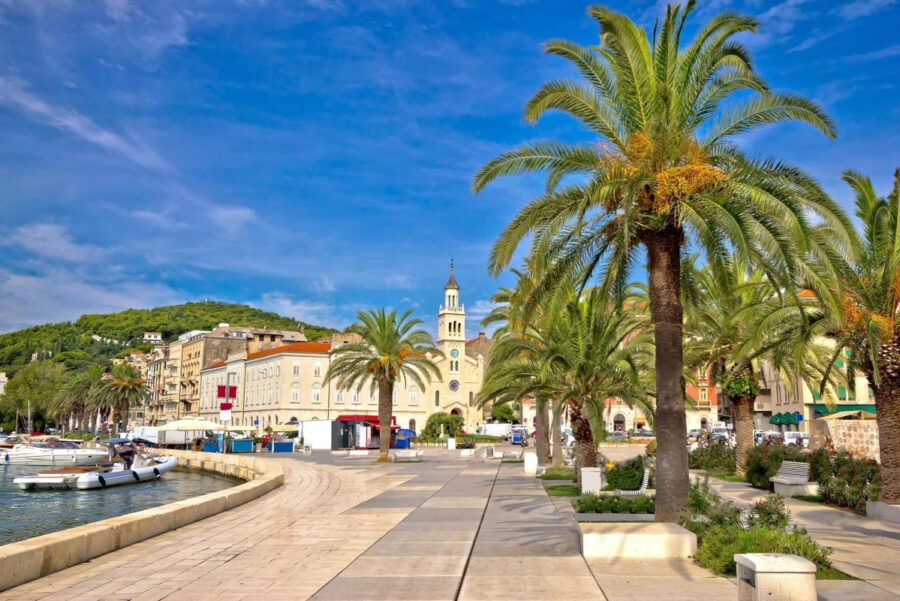
Split’s UNESCO-listed Diocletian’s Palace forms the heart of the Old Town. Roman ruins blend with busy cafes and shops in this living museum. The Riva promenade comes alive at sunset with musicians and food vendors.
Tivat offers a more modern vibe. Porto Montenegro yacht club hosts glamorous parties and events. The Naval Heritage Museum shares the city’s maritime history.
Both places shine after dark. Split’s bars and clubs hide in ancient stone buildings. Local DJs play until sunrise. Tivat’s upscale lounges attract an international crowd, especially in summer.
Day trips expand cultural options. From Split, visit charming Trogir. From Tivat, explore medieval Kotor and beachy Budva.
Cost of Living and Economic Comparison
Living costs between Split and Tivat show notable differences in daily expenses, real estate prices, and long-term investment potential. Tivat tends to have lower everyday costs but higher property prices than Split.
Daily Expenses and Budgeting
Restaurant meals in Tivat cost about 21% less than in Split. A nice dinner for two at a mid-range restaurant in Tivat runs around €45, while Split averages €55.
Grocery shopping is cheaper in Tivat by nearly 20%. Basic items like bread, milk, and fresh produce cost less at local markets and stores.
Transportation costs are similar in both cities. A monthly bus pass costs around €30-35 in each location.
Utilities in Tivat average €100-150 monthly for a standard apartment, including electricity, heating, and water. Split’s utility costs run about 15% higher.
Real Estate and Investment
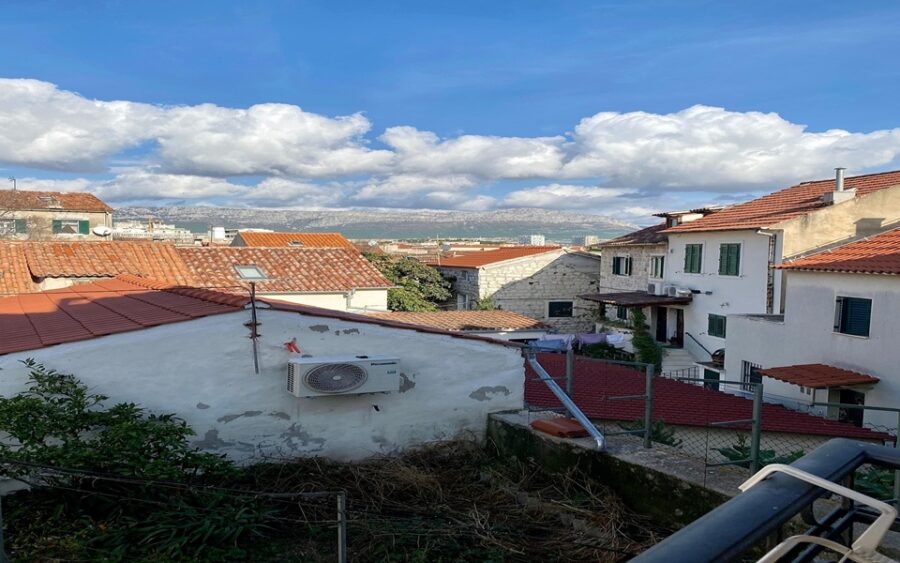
Property prices in Tivat have risen steadily due to luxury developments and growing tourism. Average apartment prices range from €2,500-3,500 per square meter in prime areas.
Split offers more affordable housing options. Apartment prices typically range from €2,000-3,000 per square meter in popular neighborhoods.
Rental yields in Tivat reach 6-8% annually, making it attractive for property investors. The summer tourist season drives strong short-term rental demand.
Split’s real estate market provides stable returns, with rental yields averaging 4-6%. The city’s year-round activity helps maintain consistent rental income.
Travel Tips and Useful Information

Getting between Split and Tivat takes about 7-8 hours by bus. Book tickets in advance during peak summer months when routes fill up fast.
Border crossings between Croatia and Montenegro can have long delays in July and August. Plan extra time and bring water, snacks, and entertainment for potential waits.
The best time to visit both cities is May-June or September-October. These months offer pleasant weather and fewer tourists compared to the crowded summer season.
Money-saving tip: Both destinations use different currencies – Croatia uses Euros while Montenegro accepts Euros but isn’t in the EU. Get cash from ATMs rather than currency exchange offices for better rates.
Consider these day trips from each city:
- From Split: Trogir, Hvar Island
- From Tivat: Perast, Sveti Stefan
Public transportation is reliable in both cities. Split has extensive bus networks and ferries, while Tivat offers local buses to nearby towns. Taxis are affordable but agree on fares beforehand.
Pack lightweight clothes and good walking shoes. The streets in Split’s old town have smooth limestone that gets slippery when wet. Tivat’s marina area is more modern with even surfaces.
Remember your passport and check if you need a visa. Croatia is in the EU/Schengen zone while Montenegro isn’t. Americans can visit both countries visa-free for up to 90 days.
Frequently Asked Questions
Tivat and Split offer distinct experiences for travelers seeking coastal charm, with each destination providing unique advantages for different types of visitors. Transportation options, accommodation choices, and local attractions shape the experience in both cities.
What are the available options for traveling from Split to Montenegro by sea?
Ferry services connect Split to several Montenegrin coastal towns during peak season. The journey takes around 4-6 hours depending on sea conditions and stops.
Private boat transfers provide a more flexible option. Many companies offer custom schedules and routes between Split and Montenegro’s coast.
How does the charm of Tivat compare to the historical allure of Kotor for tourists?
Tivat presents a modern, luxurious atmosphere with Porto Montenegro as its crown jewel. The city features contemporary restaurants, upscale shops, and sleek marina facilities.
Kotor sits just 12 kilometers away and offers medieval architecture, winding cobblestone streets, and ancient city walls. The contrast between these neighboring towns gives visitors two distinct experiences.
Which has more to offer for travelers interested in a mix of modern and old-world charm: Tivat or Budva?
Tivat excels in modern amenities and yacht culture, with its sophisticated waterfront and high-end dining scene. The city maintains some traditional elements in its old town area.
Budva lies 23 kilometers from Tivat and combines ancient Venetian architecture with modern beach resorts. Its medieval old town sits next to contemporary developments.
What are the considerations when choosing between the cost and value of staying in Tivat?
Accommodation in Tivat tends to be pricier near Porto Montenegro and the marina area. Luxury hotels and apartments dominate these prime locations.
Budget-friendly options exist in residential areas away from the waterfront. These neighborhoods offer local experiences at lower rates.
The Donja Lastva district offers charming guesthouses with sea views and peaceful gardens. Local hosts often share insider tips about the area.
Pine forests near Tivat provide unique glamping and eco-lodge options. These spots offer natural settings while maintaining easy access to city amenities.
In terms of exclusivity and luxury, how does Tivat’s atmosphere differ from other coastal towns in Montenegro?
Tivat stands out with its sophisticated Porto Montenegro development. The marina attracts luxury yachts and creates an upscale Mediterranean atmosphere.
The city maintains a more relaxed vibe than other luxury destinations. Visitors can enjoy high-end experiences while avoiding overwhelming crowds.

